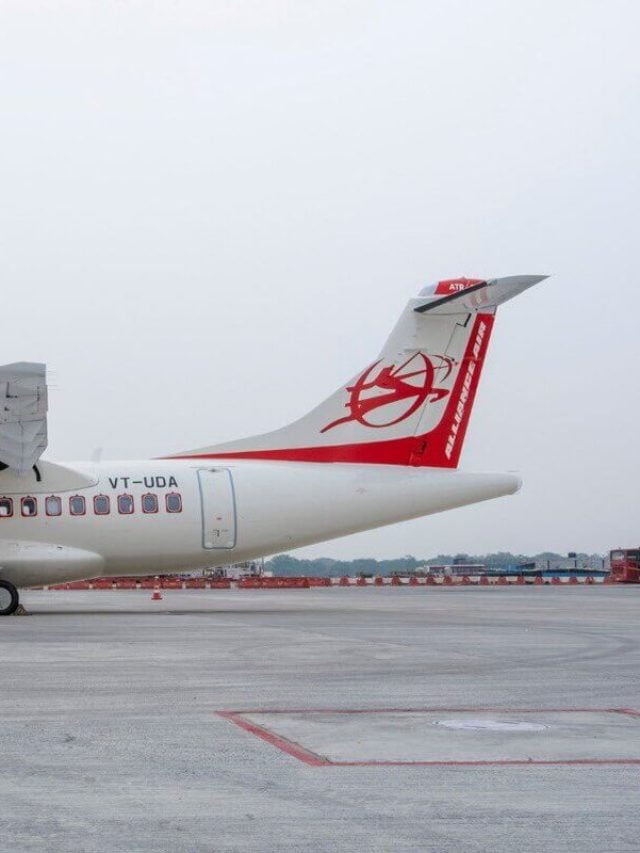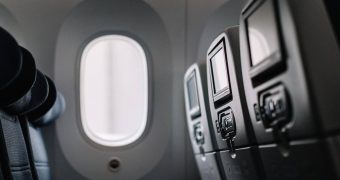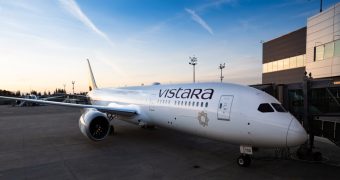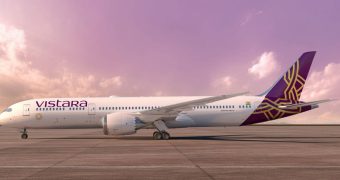
After four airlines were confirmed to have brought in passengers infected with COVID-19, China's Civil Aviation Administration instructed them to cease flights on particular incoming routes. The method, which is identical to that of Hong Kong's civil airline regulators, reduces the pool of available capacity into mainland China while also punishing airlines for something they have no control over.
Oman Air, Egyptair, Shanghai Airlines, and Sichuan Airlines are all in the crosshairs this week, according to a recent Civil Aviation Authority of China (CAAC) notification. Six passengers aboard an Oman Air aircraft from Muscat (MCT) to Guangzhou (CAN) on April 8 tested positive for COVID after landing. As a result, the CAAC put a two-week hold on two inbound flights on that route.
On April 13, 15 passengers aboard an EgyptAir aircraft from Cairo (CAI) to Hangzhou (HGH) tested positive with COVID. From May 2, that airline will be prohibited from transporting passengers on four inbound flights for two weeks. On April 9, a Shanghai Airlines aircraft from Bangkok (BKK) to Nanchang (KHN) mistakenly flew in nine COVID positive patients, resulting in a total of nine COVID positive cases.
Finally, on April 9, Sichuan Airlines carried in six passengers on a trip from Cairo to Chengdu (CTU), bringing the airline's once-weekly flights back into service after a two-week hiatus. These passenger prohibitions are referred to as "circuit breaker measures" by the CAAC. Airlines are not prohibited from flying people out of the stated Chinese port, but they are prohibited from flying passengers in. If the airline decides to run the service at all, the law effectively requires the company to fly empty on one leg of a return route.













